What is mobility?
Mobility refers to the ability to move freely and easily. In the context of human movement, it involves the range of motion in joints and the functionality of muscles and other body structures. Mobility is crucial for daily activities, maintaining independence, and preventing injuries. It contributes to overall health by enhancing flexibility, posture, and balance. Regular mobility exercises can improve joint function and reduce the risk of musculoskeletal issues.
Mobility training simply refers to anything that improves your mobility. We often think this means stretching, and it can, but mobility can also include dynamic stretching, yoga, pilates, cardio, massage and more. Mobility is essentially anything that improves your range of motion, and helps your move better.
How is mobility different from flexibility training?
Mobility involves proprioception, which is the body’s perception or awareness of position and movement. Mobility includes the ability to move a joint through a full range of motion, coordinating muscles and joints and the nervous system.
Flexibility is the ability of muscles and tendons to stretch passively through the joint. Flexibility is lengthening of connective tissues.
In our workouts, flexibility and mobility are often linked, especially in a format such as yoga that involves both stretching and movement. While they are similar and both important, the main difference is that mobility is the ability of joints to move actively through range of motion, and flexibility is the ability of the soft tissues to passively lengthen and stretch. Optimal mobility requires flexibility of the muscles, tendons and ligaments, but also stability and strength.
Why do we need mobility training?
Mobility has become trendy in the last several years, but it’s always been important to our overall health. Whether you’re a regular exerciser, athlete or fitness newbie, most of us don’t get enough specific mobility training.
When we improve our mobility, our workouts reap the benefits: lifting heavier and more efficiently, running faster, jumping higher, generating more power. We also move better and feel better in our daily activities. Mobility training helps counteract all the sitting many of us do, whether that’s sitting at our desks, in our cars, or in front of the TV or computer screen. When we intentionally work through planes of motion and movement patterns, we move more effectively. When we move more effectively, we have less pain and tension, lower risk for injuries, improved energy levels, and generally feel better overall.
How often do we need mobility training?
If you’ve followed my monthly programs and workout calendars, you know our Day Four workout is an Active Recovery Day. This is where we take a break from lifting heavy weights or high-intensity cardio and get moving in ways that improve our mobility and flexibility, and help us recover from the week’s other workouts. This can be yoga or pilates, barre or cardio mobility, but all help us increase range of motion, get a good stretch, and give our bodies and brains a break from the intense workouts.
Is once a week enough for mobility training? Certainly having at least one dedicated day for a longer mobility session can be helpful, but adding in mobility through your other workouts is super beneficial as well. I love adding what I call “Sneaky Mobility” into workouts; maybe that’s a strength exercise that improves range of motion, your dynamic warm up, or a circuit that works in a mobility specific interval amongst strength and cardio.
How do we get mobility training?
There are many ways to get mobility training beyond a full 30 or 40 minute mobility workout. Getting in five minutes of mobility exercises when you first get out of bed can help you wake up your body. A short bedtime yoga flow can help ease tightness from your day. Quick movement breaks during your busy work day can help keep you focused and energized. I encourage you to think outside the box when it comes to getting mobility in, especially if you’re someone (like me!) who likes to keep moving fast and working hard during workouts and is often tempted to skip warmups and cooldowns.
The bottom line is we want to keep moving and moving well for a long time! In addition to our strength training, cardiovascular training and endurance work, training specifically for mobility not only keeps us feeling good, it keeps our other workouts feeling fresh and fun!
Check out my FREE Mobility Workouts HERE, and join us in the BodyFit Athletic Club for this month’s mobility series!
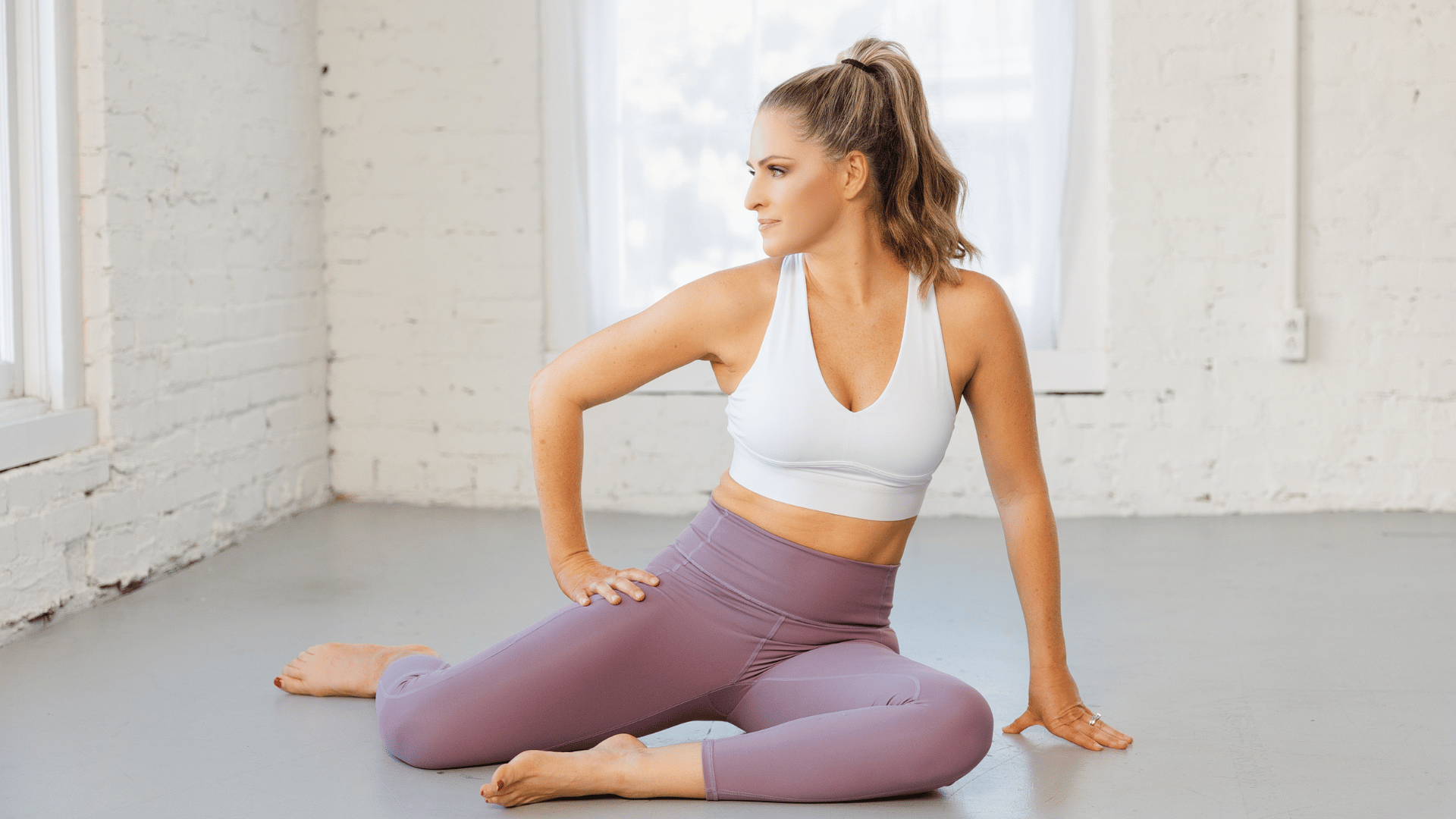



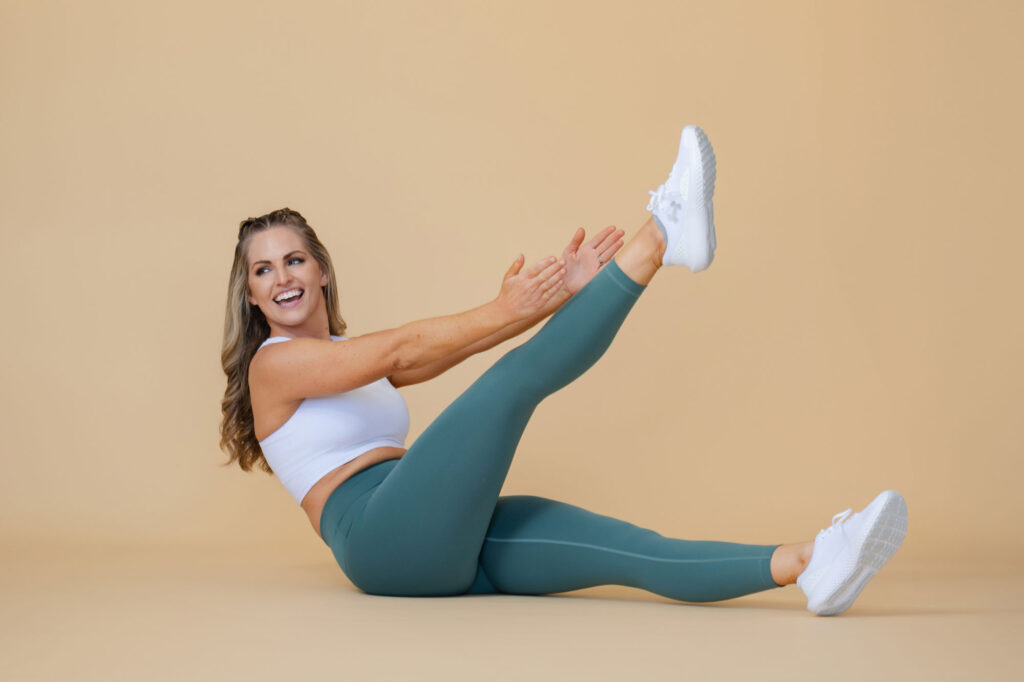
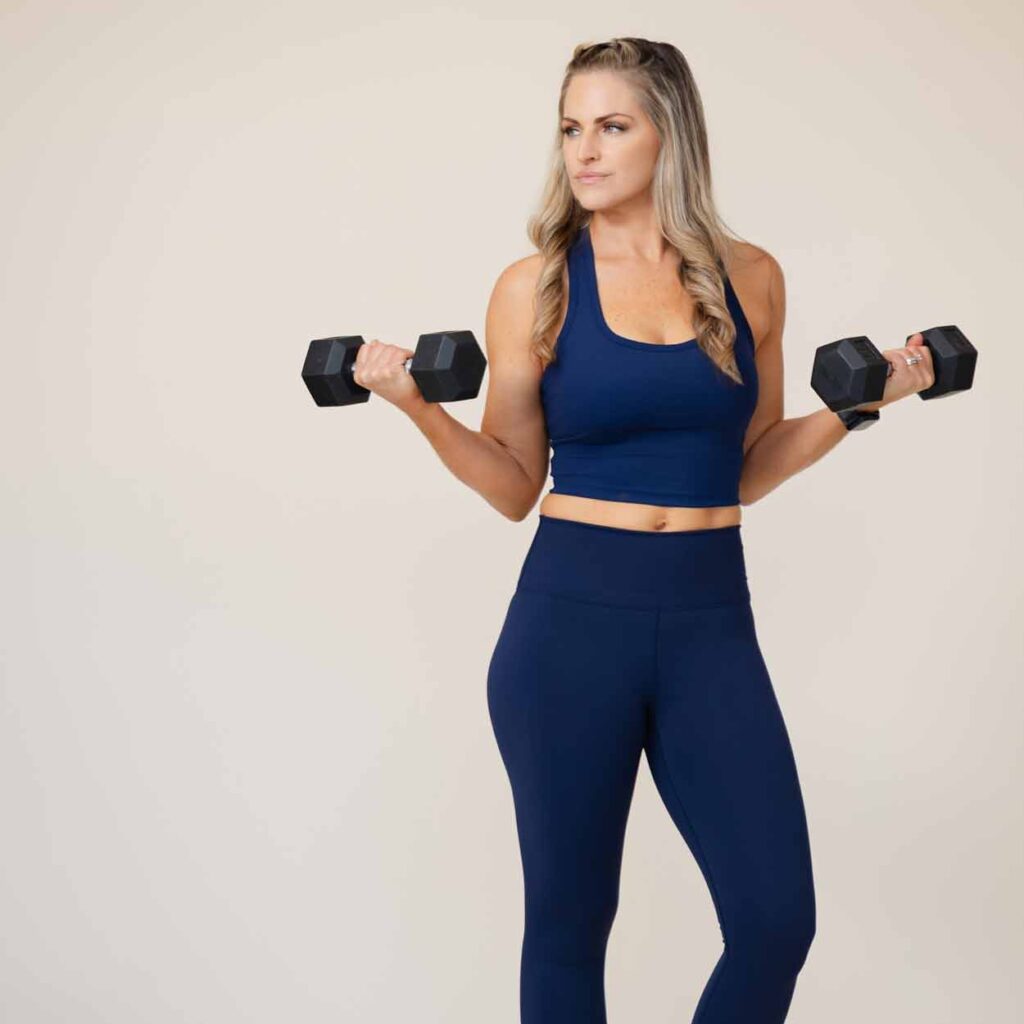
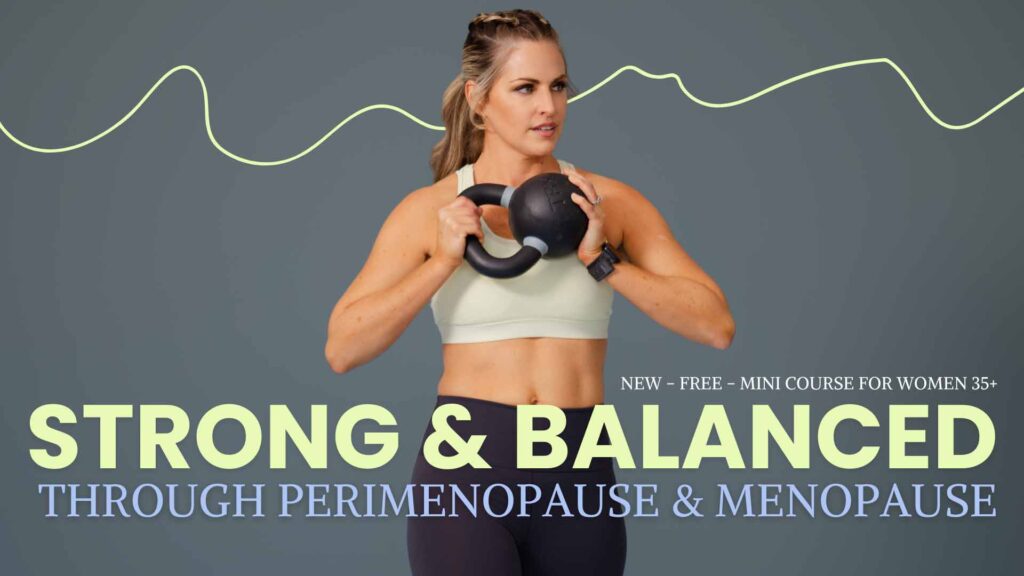
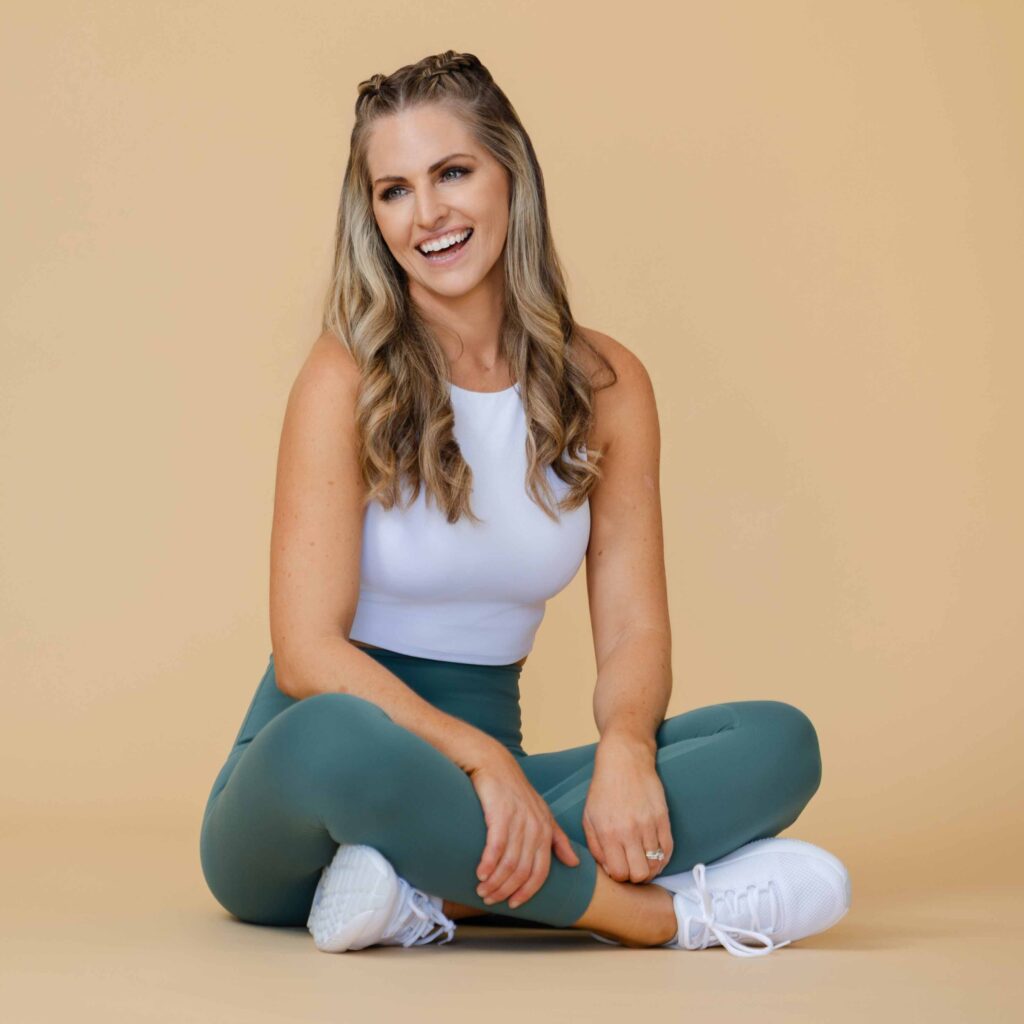

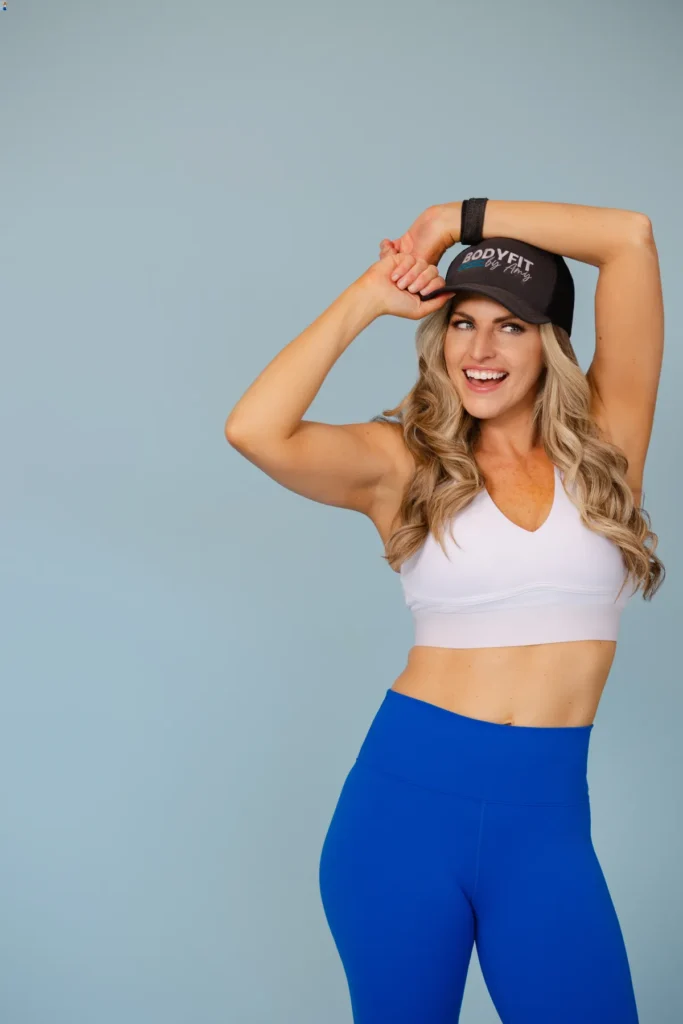
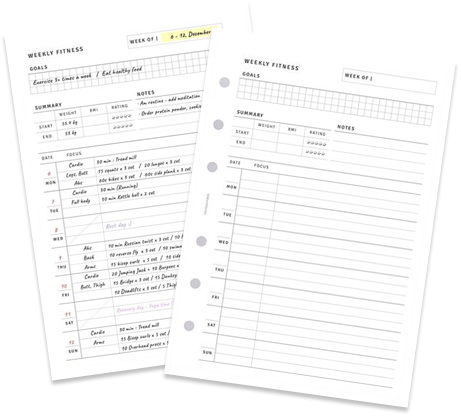
Leave a comment
[…] My exercise routine used to be all about cardio and burning calories. Over the years I have incorporated strength and toning into my workouts and I enjoy it. A nice long stretch after a good workout feels so freaking good and is important to maintain mobility. […]